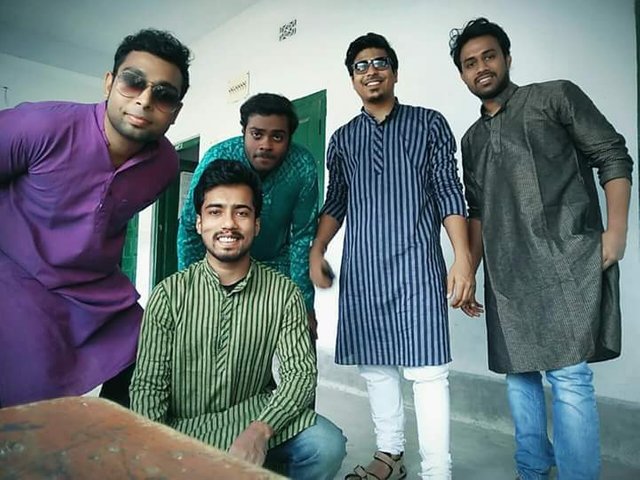Tracing The Roots Of The Kurta

The Indian subcontinent gave birth to the popular traditional attire - the Kurta. The word has its origins in the Urdu, Hindustani language and has also got the name from the Sanskrit word kuratu or kurtaka. In Persian it literally means a collarless shirt and it indeed is a collarless dress but some variants have a collar. The dress is commonly worn in countries such as Nepal, Pakistan, Afghanistan, and Sri Lanka along with India. It is worn with pajamas, pants, jeans, Dhoti and Lungis too and is stitched in fabrics like cotton, silk, voile, jute, khadi, and kota.
Kurtas are a part of ethnic wear and there are different varieties of Kurtas depending on their design and fabric. One type of Kurta is called as the Kali or the Kalidar Kurta that was inspired by the ghagraor lehnga style. It has rectangular panels on both the sides and several pieces are stitched together to give it a unique look, which is like a frock. These Kurtas are made of linen, cotton and silk.
During the summer season, Kurtas made up of light silk and cotton are in great demand, while during winters, people usually look for heavy fabrics such as wool, Khadi silk or may be handspun. Buttons used in the designing are mostly wooden or plastic. Kurtas are good for comfortable dressing and are great for both formal and casual occasions. They are undoubtedly classy and elegant, which is why they never go out of fashion.